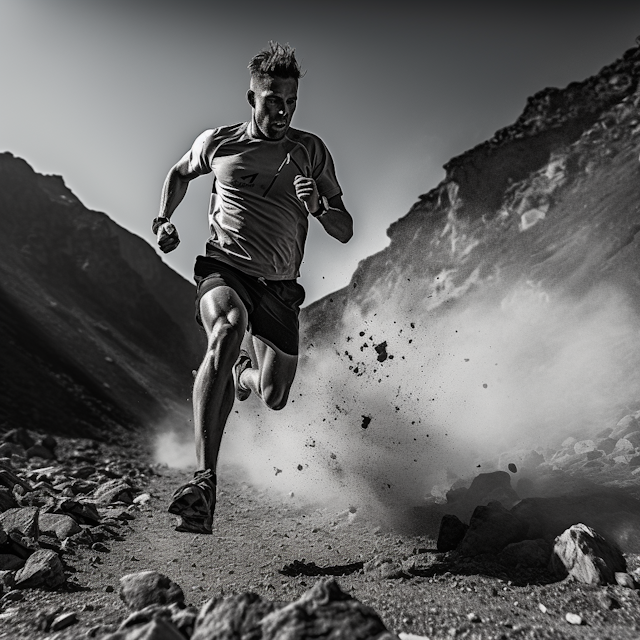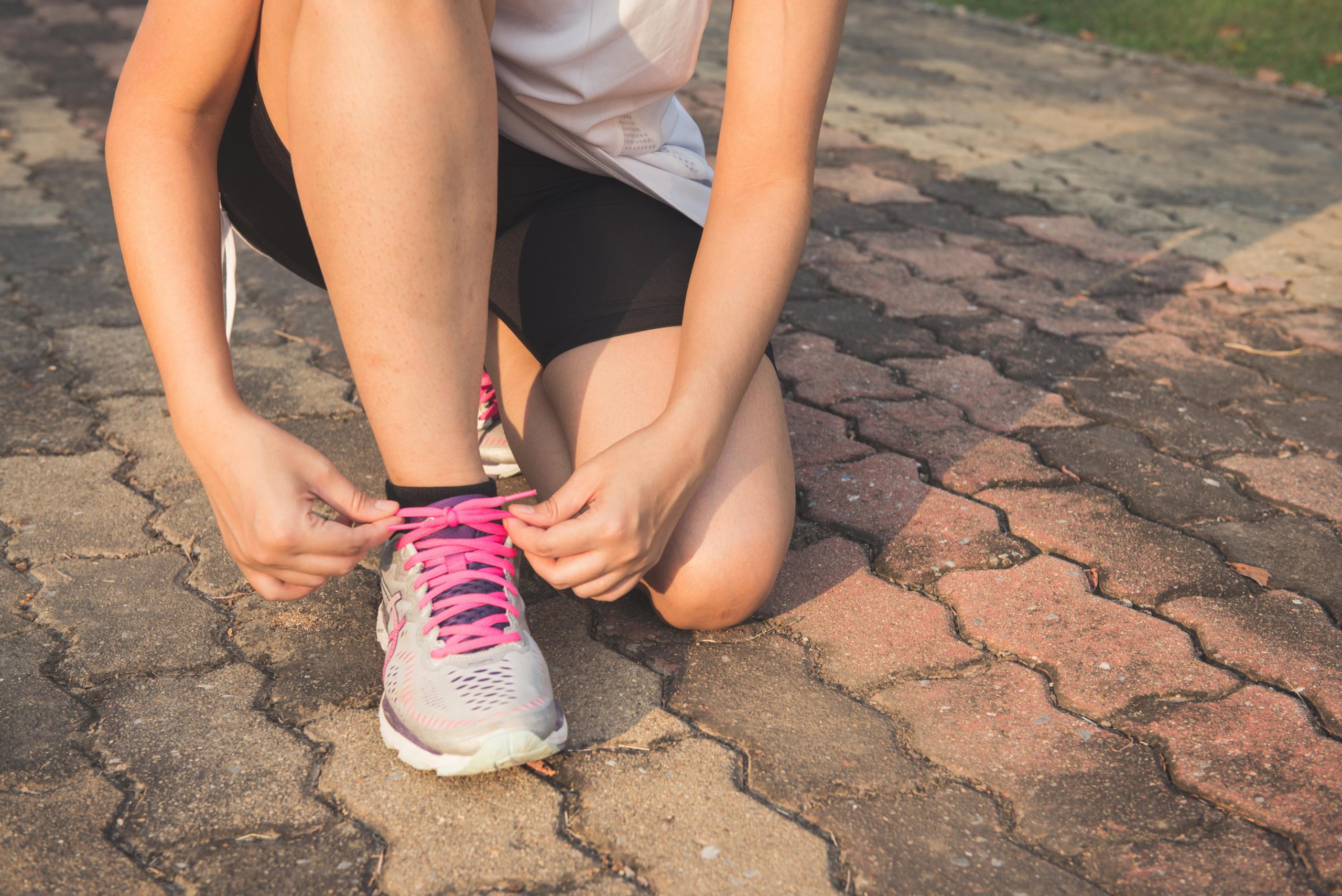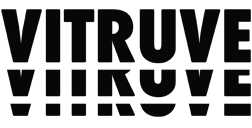26 de August de 2025
How Can I Increase My Running Cadence Without Getting Tired?
Improving your running cadence can transform your efficiency, reduce your injury risk, and boost your performance — but if done poorly, it can also leave you feeling more fatigued, not less. That’s why the key question isn’t just how to increase running cadence, but how to do it without getting tired.
Many runners, especially those new to performance training, assume that more steps per minute (SPM) automatically means better running. While there’s truth in the benefits of a higher cadence, the transition must be done methodically and grounded in neuromuscular control and progressive adaptation.
What Is Running Cadence?
Running cadence refers to the number of steps you take per minute (SPM) while running. Most elite runners fall within the range of 170–190 SPM, but cadence is highly individual and influenced by height, stride length, running economy, and terrain.
A higher cadence — with shorter, quicker steps — has been associated with reduced vertical oscillation, improved ground contact time, and decreased impact force. These mechanical changes can translate to:
- Lower risk of injury
- Improved running efficiency
- Better energy distribution over long distances
However, increasing cadence abruptly without developing proper technique and tissue tolerance can lead to early fatigue, especially in the calves, hip flexors, and anterior tibialis.

Why You Get Tired When Increasing Running Cadence
Many runners who attempt to raise their cadence too quickly experience tightness, loss of form, and early onset of fatigue. This is often due to:
- Overstriding with fast turnover, leading to inefficient mechanics
- Poor neuromuscular control, particularly in the posterior chain
- Insufficient aerobic support for the increased turnover
- Lack of progressive adaptation of tendons, joints, and stabilizing muscles
The problem isn’t the cadence itself — it’s the gap between your current running mechanics and the movement pattern you’re trying to enforce. Without proper neuromuscular preparation, your body compensates inefficiently, which increases energy cost and muscular fatigue.
How to Increase Running Cadence Without Getting Tired
Improving cadence is a long-term strategy that involves retraining your neuromuscular system, gradually adjusting movement patterns, and building capacity across the key muscle groups involved in running.
1. Start With a Cadence Baseline
Use a GPS watch, metronome, or running app to measure your average cadence during a relaxed, conversational-pace run. Don’t guess. A baseline is essential to monitor progress and avoid overcorrection.
2. Increase in Small Increments (No More Than 5%)
If your baseline is 160 SPM, aim for 165–168 initially. Large jumps in cadence create more stress than benefit. Small increases are better tolerated by your neuromuscular system and promote cleaner running mechanics.
3. Use Metronome Cues and Music
Running to a metronome or songs with a set BPM (beats per minute) helps reinforce rhythm without conscious effort. Gradually syncing your stride to the beat improves step timing and control.
4. Shorten Your Stride, Don’t Just Move Faster
The goal of increased cadence is not to move your legs faster, but to reduce overstriding. A slightly shorter stride with better posture and lean helps promote midfoot strike and reduces braking forces — keeping energy use efficient.
5. Strengthen the Right Muscles
Cadence depends heavily on hip stability, glute strength, and ankle stiffness. Weakness in these areas forces compensations that quickly lead to fatigue. Incorporate strength work like:
- Single-leg RDLs
Bulgarian split squats - Ankle hops and bounding drills
- Core stability (e.g., deadbugs, Pallof press)
This type of neuromuscular development is foundational. If you increase cadence without this support, fatigue is inevitable.

Strength and Conditioning Program for Runners
6. Use Velocity-Based Training (VBT) to Track Running Power
While cadence is a useful external metric, it doesn’t tell the full story about effort or force output. By integrating velocity-based training and bar speed tracking into your strength sessions, you can correlate neuromuscular readiness with running efficiency. Fatigue in posterior chain strength (measured in VBT sessions) often correlates with loss of cadence control in later training runs.
Progression Is Key
Your body needs time to adjust to the new movement pattern and energy demands. Most runners who successfully increase cadence do so over several weeks or months — not a few sessions. Remember:
- Change one variable at a time
- Prioritize form over numbers
- Listen to fatigue signals — soreness in unusual areas is a red flag
- Reinforce technique through strength and coordination work, not just mileage
Tracking cadence improvements alongside velocity data, perceived exertion, and HRV trends allows coaches and runners to assess whether the change is leading to better running, not just faster turnover.
Precision Monitoring with the Vitruve Ecosystem
If you want to increase cadence without guessing — and without creating unnecessary fatigue — you need a system that captures both external mechanics and internal load. That’s where the Vitruve all-in-one ecosystem comes in.
- Vitruve Labs helps you monitor fatigue markers, performance baselines, and training progression across both running and strength domains. With dynamic dashboards for each athlete, you can visualize trends in cadence, velocity loss, and readiness.
- Vitruve Builder lets coaches and athletes structure strength blocks that support cadence improvements — focusing on specific movement patterns and tissue demands critical to running economy.
- Vitruve Encoder, our VBT device, offers detailed insight into neuromuscular efficiency. You’ll know how fatigue in bar speed correlates with poor stride control or cadence drop-off — letting you adapt training before breakdown occurs.

With Vitruve, you don’t have to guess what’s limiting your cadence. You can see it. Measure it. Train it. And adapt with precision — whether you’re working with elite runners or recreational athletes looking to improve efficiency and resilience.
